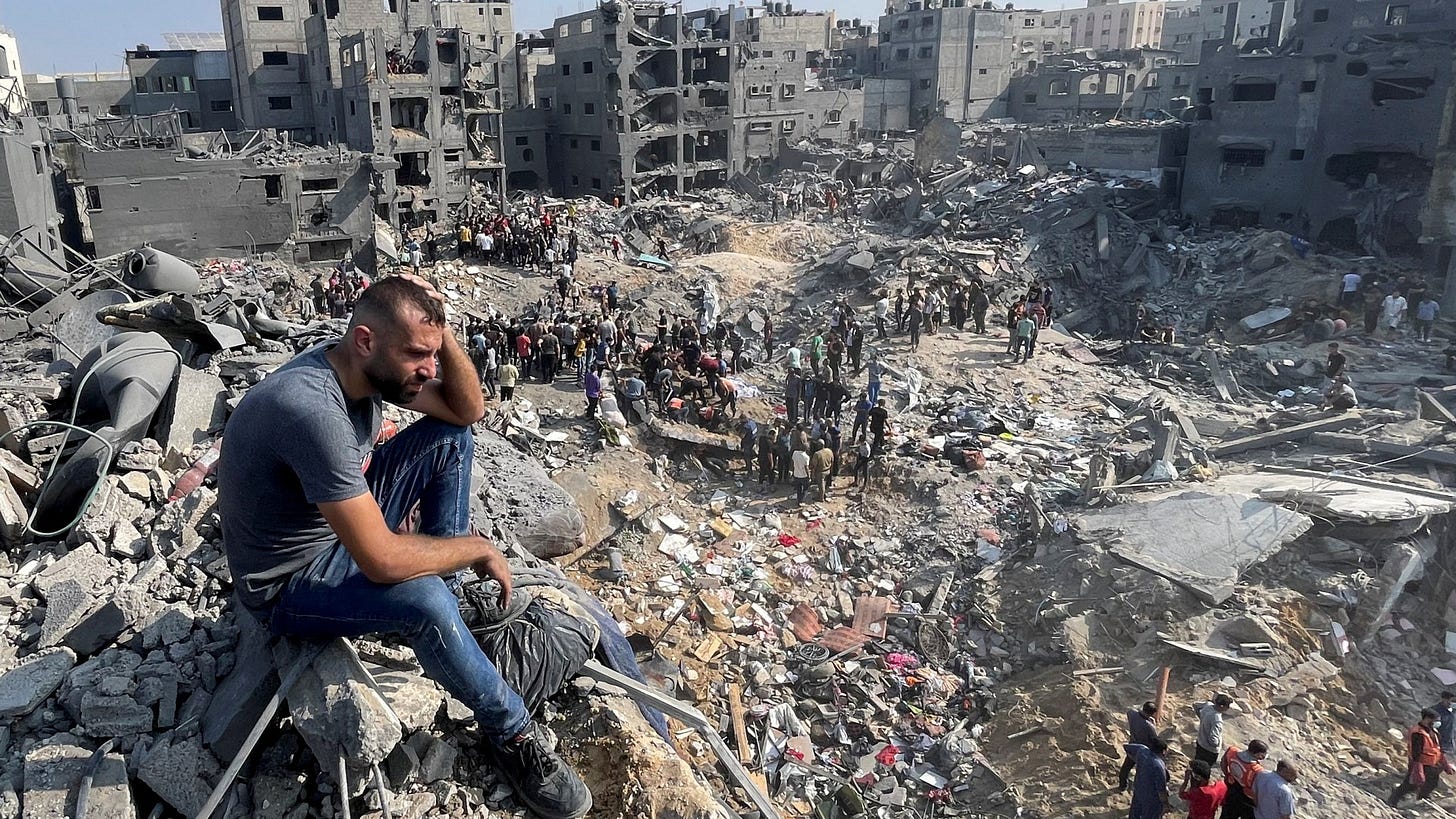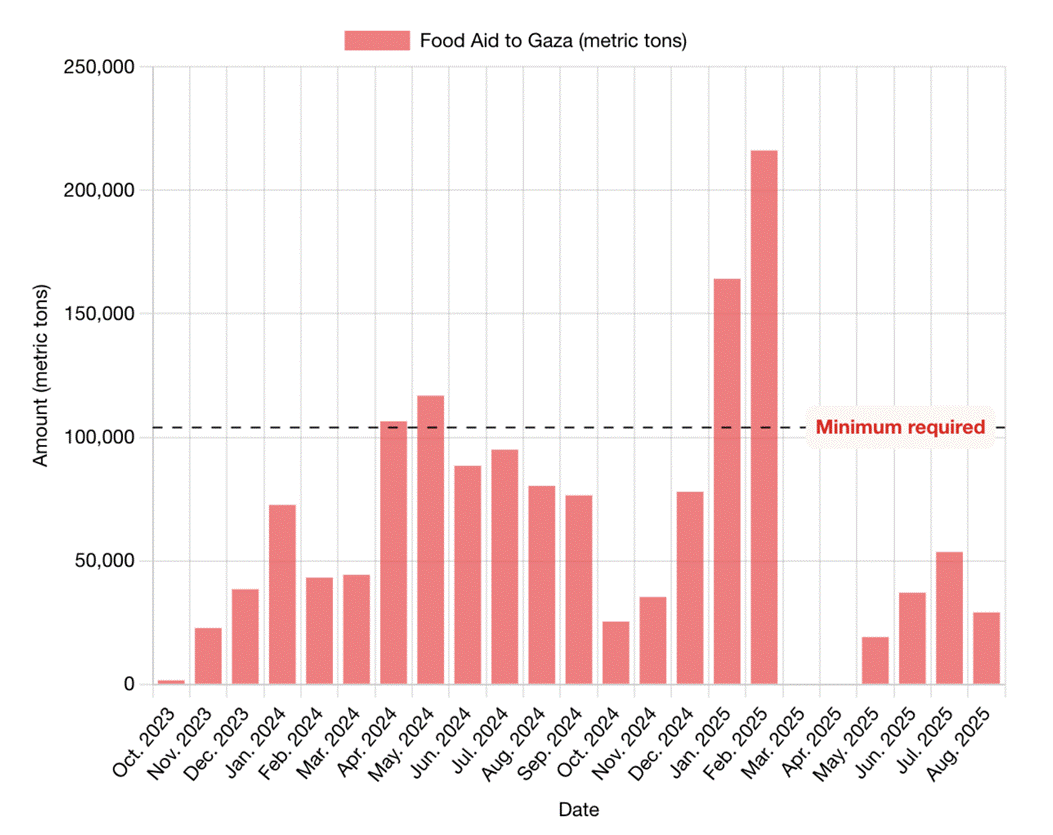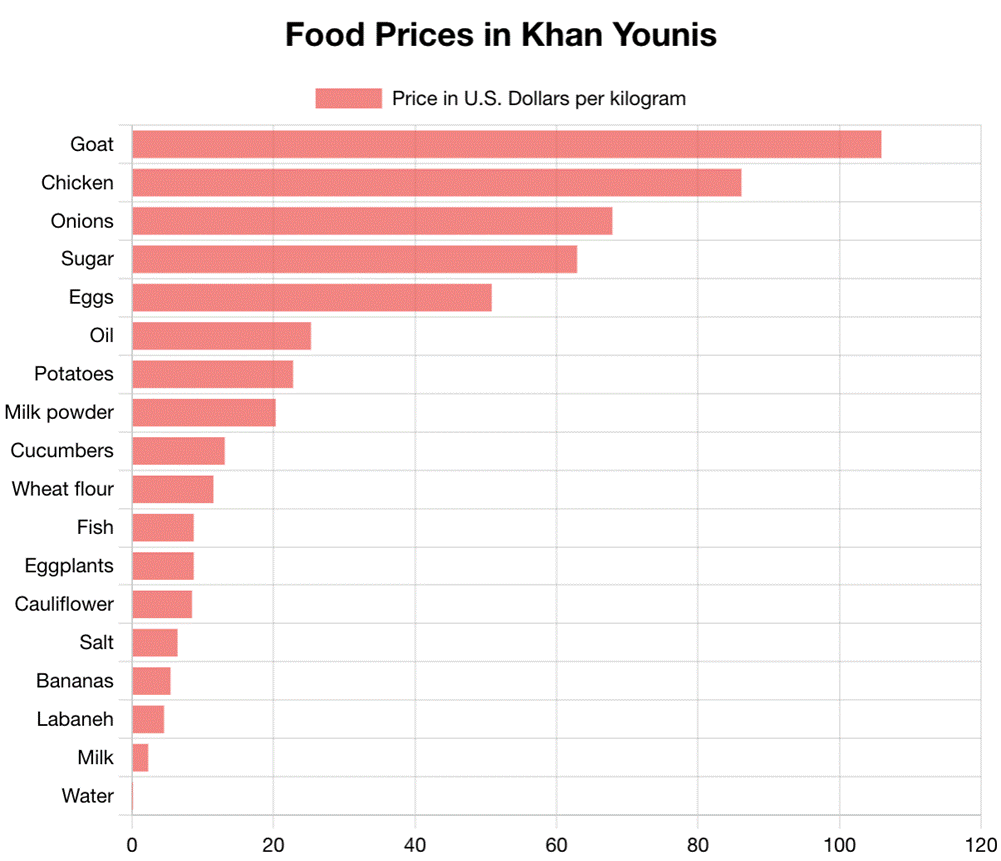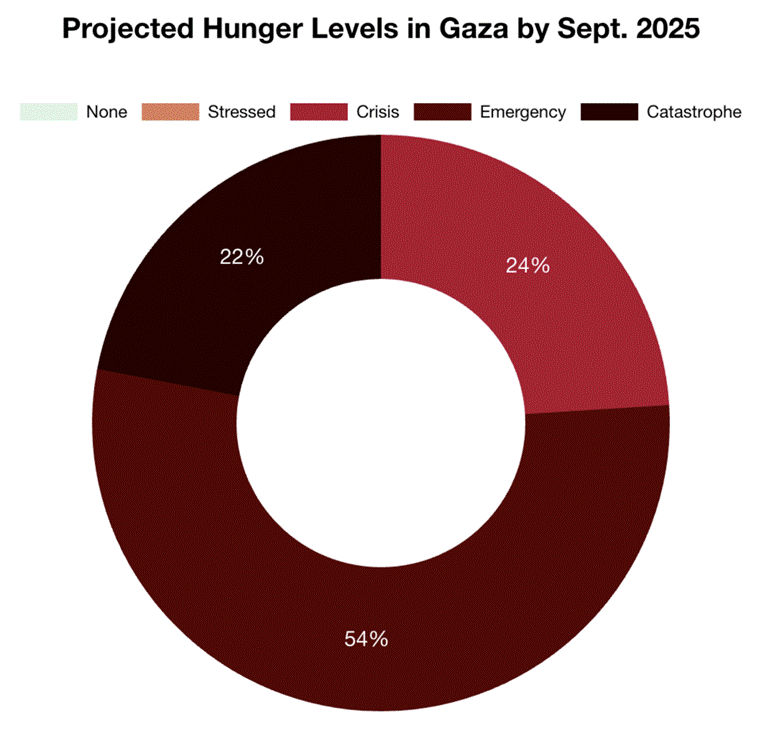Starvation as a Weapon: Netanyahu’s Famine Program in Gaza
Starvation by design, with the world watching in silence
Part Three
All graphs and statistics were compiled by journalist Sequoyah Sudler.
In Gaza, hunger is not an accident of war — it is the war.
For Noor, 21, who has survived displacement eleven times, the most dangerous weapon Israel now wields under Prime Minister Benjamin Netanyahu is not a missile or a tank, but bread.
“They use food as a tool to break us,” she says from a tent in southern Gaza. “They have turned starvation into policy, into a military strategy. This isn’t collateral damage — it is intentional.”
Netanyahu’s famine program is not the by-product of siege; it is the siege. Immediately after October 7, Israeli leaders announced the complete closure of Gaza. Defence Minister Yoav Gallant declared:
“There will be no electricity, no food, no fuel. Everything is closed.”
He described the population as “human animals” — language that strips civilians of protection under humanitarian law.
This blockade has been enforced with lethal precision:
● Aid Convoys Blocked: Long lines of trucks carrying flour, rice, and medical supplies remain stalled at Rafah and Kerem Shalom for days or weeks.
Food aid allowed into the Gaza Strip since October 2023. The minimum required aid is an estimate of how much aid is necessary to sustain 2.1 million Gazans (eating an average of 1.6 kilograms of food per day). Source: COGAT (Coordinator of Government Activities in the Territories).
● Skyrocketing Prices: In the few markets still open, staples like flour cost up to ten times the pre-war price.
Prices of commodities in Khan Younis, Gaza Strip. Data was collected on June 15th, 2025. Source: World Food Programme Index.
● Water Cut-Offs: Wells, pipelines, and desalination plants have been bombed or shut down.
● Agriculture Destroyed: Olive groves, greenhouses, and fishing fleets have been systematically targeted.
Under Article 8(2)(b)(xxv) of the Rome Statute of the International Criminal Court (ICC), “starvation of civilians as a method of warfare” is a war crime. When carried out with intent to destroy a population in whole or part, it crosses into genocide under the 1948 Genocide Convention.
In May 2024, the ICC issued arrest warrants for Netanyahu and Gallant, charging them with the war crime of starvation. The ICC prosecutor’s filing describes their policies as “the intentional deprivation of objects indispensable to civilian survival.” Simultaneously, at the International Court of Justice (ICJ), South Africa has argued that Israel’s siege and famine in Gaza are part of a broader genocidal plan.
Noor’s words strip away the abstraction:
“They want us too weak to resist, too starved to think about anything but survival. Bombs destroy buildings, but hunger destroys people from the inside.”
She describes hours-long queues for bread that never arrives, children crying through the night from hunger, families grinding animal feed into flour. Meals are reduced to spoonfuls of rice shared between siblings. “You stop thinking about tomorrow, about education, about your dreams. You just think about how to get food into your body today. That’s how they break us.”
Hunger levels in the Gaza Strip projected to Sept. 2025. Based on a report published in May 2025. “Crisis” means that 0.5 - 0.99 per 10,000 people die each day. “Emergency” means that 1 - 1.99 per 10,000 people die each day. “Catastrophe” means that more than 2 per 10,000 people die each day. Anything above “crisis” indicates a significant daily caloric deficit below the recommended 2,100 kcal per day. Source: IPC (Integrated Food Security Phase Classification).
The UN and Humanitarian Outcry
● Human Rights Watch: Accuses Israel of committing the war crime of starvation by design.
● Oxfam: Reports that in the first weeks of the siege, only 2% of normal food deliveries entered Gaza.
● UN High Commissioner for Human Rights, Volker Türk: Warns that aid obstruction can constitute “the war crime of starvation.”
● Amnesty International: Calls it “weaponising hunger” in violation of international law.
● The Guardian: Describes starvation as a force tearing apart Gaza’s social fabric, leaving “generational scars.”
● The New Yorker: Cites famine expert Alex de Waal, who warns that normalising starvation undermines the post-WWII humanitarian order
The Historical Precedent
Netanyahu’s policy sits alongside some of the darkest chapters in modern history:
● Holodomor (Ukraine, 1932–33) — Soviet-induced famine that killed millions.
● Siege of Leningrad (1941–44) — Nazi blockade that starved hundreds of thousands.
● Darfur Crisis (2003–) — Where access to food was systematically denied to targeted populations.
Like those cases, Gaza’s famine is marked by deliberation, duration, and total control — not the chaos of war, but the design of policy.
If the use of starvation as a weapon proceeds without accountability, the precedent will be devastating. It would normalise a war crime the international community pledged never to tolerate after World War II.
For Noor, the legal arguments are far away. The reality is here:
“They are killing us slowly, and the world is watching.”






This starvation tactic is clearly a "crime against humanity." How sad that the Western powers continue to support Zionist genocide (and/or planned genocide).
Forgive me if I’m wrong, but it seems that history is being forgotten as Israel inflicts genocide on Gaza.
The Zionist invasion of Palestine to create the State of Israel in 1948 is known in Arabic as the Nakba, meaning catastrophe, so called because of its military campaigns and mass displacement - 700,000 Palestinians became refugees.
If facts like these were more widely considered, international condemnation of Israel might
might have been more resolute.
Alas, it seems too late for Gaza.